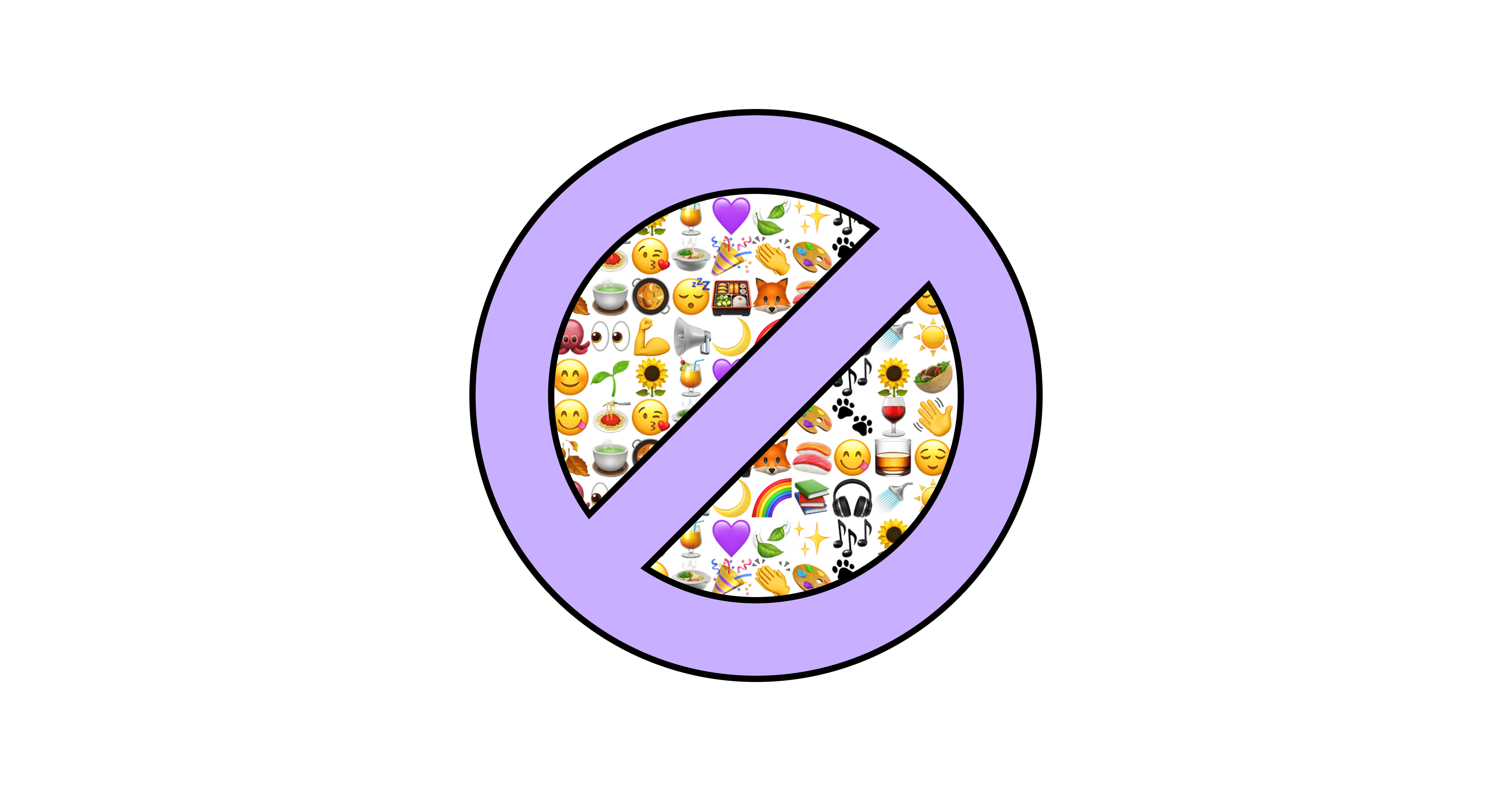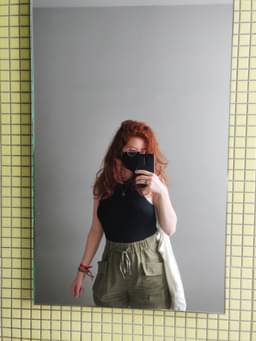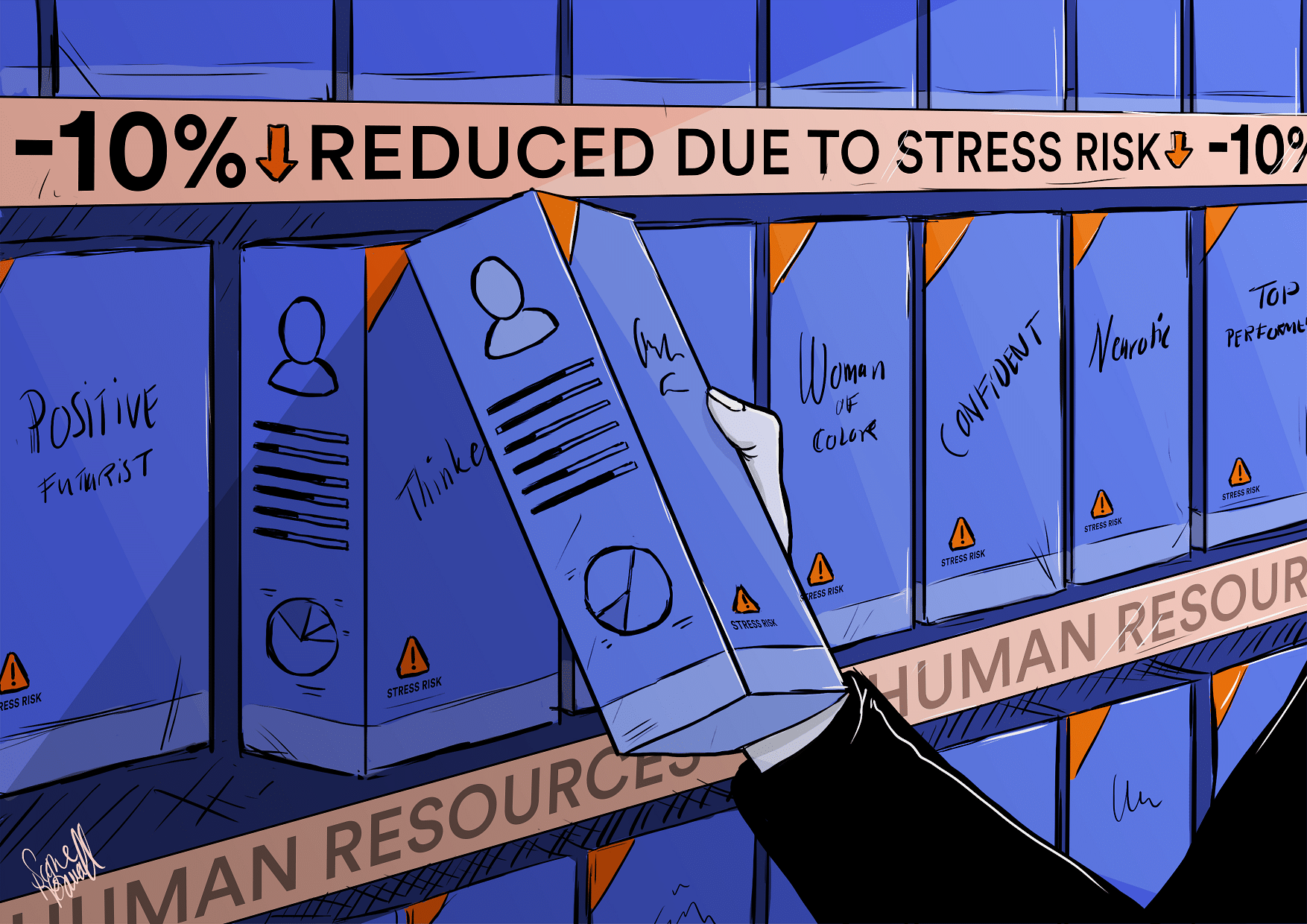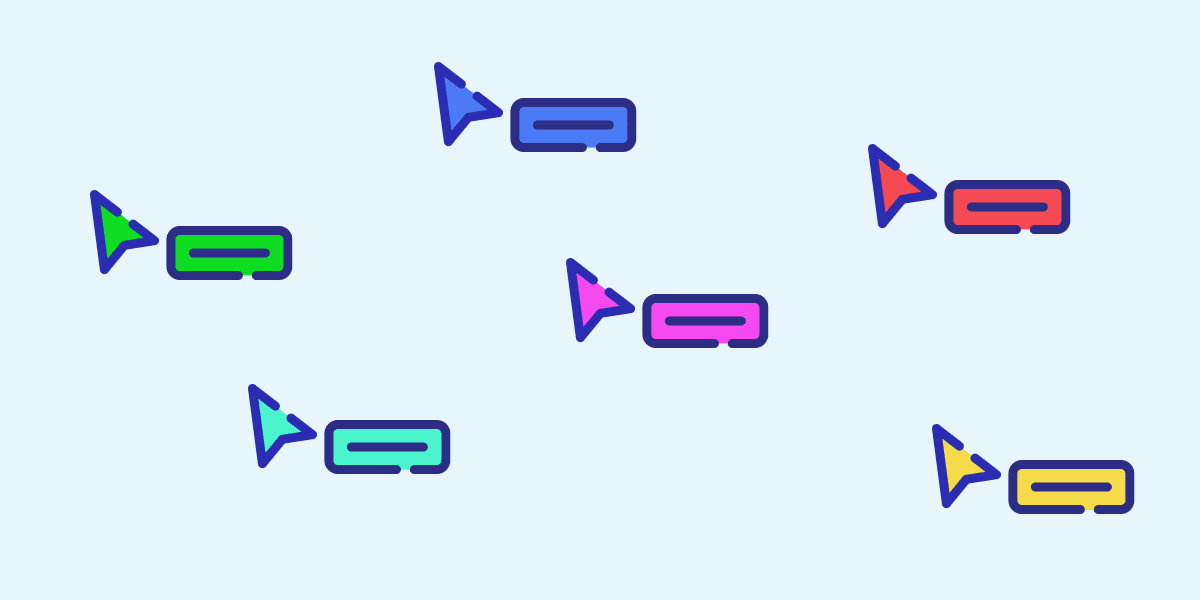When was the last time you went a day without using any emoji? How about a week? In March 2021, I went through a fun self-imposed experiment: no emoji for 2 weeks. Not on social media, not in private messages, not even as Slack or Discord reactions. No emoticon either: the goal was to communicate without illustrations, only with words. I did a semi-rigorous (a.k.a. half-assed) diary study, taking notes on my feelings and behaviour.
Here’s what I wanted to find out:
- How does the lack of emoji affect my conversations with others?
- Will other aspects of my interactions be affected?
My hypothesis was “I will somehow want to compensate for the lack of emoji.”
The making of an emoji: the art of conveying meaning
Created in the 90’s by Japanese technologists, most notably by designer Shigetaka Kurita, emojis have been integrated into the Unicode standard since 2010.
How do we decide whether to create an emoji? Anyone can submit a proposal – feel free to do it here – but there’s no guarantee that it will be accepted. The main requirement for emoji approval is a proven need in text-based communication for this emoji. President of the Unicode Consortium Mark Davis says “It has to be in the wild already”, and it’s on you to prove it. If your application goes through, the Consortium has to agree on the basic design, and each platform will then have to create their own version (Apple, Google, Samsung, Microsoft, etc.).
As a side-note, I’d like to point out that this criterion matches perfectly the way we represent butts and penises: 🍑 and 🍆. In 2016 Emojipedia ran a study on how the peach emoji was used on Twitter. Out of a sample of – unfortunately only – 100 tweets, only 7% used the peach to actually talk about the fruit. That being said, and without diving into the psychology of fruits and sexual depictions, I’m not convinced that if a realistic butt emoji were to exist, we’d collectively replace our current peachy contender.
A lot of care goes into emoji design, and it raises its share of unexpected questions. For instance, the burrito emoji’s tinfoil was heavily discussed at Google, because tinfoil texture isn’t the same in everyone’s mind. Same goes for the mind-blown emoji: what does being mind-blown actually look like, and how should we represent it? Google also removed the egg from their salad emoji, to make it a more inclusive, vegan salad.

Gus Fonts, Product Manager for Android, has talked about Google’s change from their former emoji set, which used blobs called “peanuts”, to their newer, more standardised design:
“Emoji is a balance of symbolism and actual representation of the real thing. We were on one extreme before with the peanuts, and now the other has real representation. What we saw was, if you go too far in that [representational] direction because you want to be inclusive, people don’t see themselves represented and they’re not going to use it. You have to have enough specificity to represent you enough, but not so inclusive that your emoji palette is hundreds of thousands of emoji.”

I understand Fonts’s point about the overabundance of emojis, and I wonder if it could be solved differently than by limiting its inclusivity. As long as we use emojis by browsing and searching through categories, the inconvenience of this pattern will be proportional to their number. What about other navigation systems? For instance, I’ve been enjoying the emoji search engines provided on Windows and MacOS, but they do require to know the emoji’s name (or something close enough that is hopefully also indexed).
I’ve seen emojis being described here and there as a new language. They do complement text nicely by conveying nonverbal cues such as facial expressions and hand gestures. Most studies agree that over 50% of communication is nonverbal. In textual exchanges, emojis can have an important role in helping compensate the lack of nonverbal cues. However, emoji is not language. As linguist Neil Cohn argues, language has grammar – with nouns and verbs – which isn’t the case of emoji. Additionally, emojis have inherent meaning. Any combination of 2 emojis into a third would carry their initial meaning, whereas “B”, “M”, and any other letter can be combined in a variety of words without those words inheriting pre-existing meaning. They are blank building blocks, which isn’t the case of emojis. Finally, the lack of control over the list of characters by the people who use it mean that emojis don’t have the flexibility to become a language. You and I don’t have the same power of decision over emojis that the Consortium has, and languages are shaped by those who speak it, not by 40 people in an office (hum hum l’Académie française).
They may not be language, but they still convey meaning. While burrito tinfoil and being mind-blown are pretty innocent examples, let’s look at what considerations go into trickier emojis. When designing the knot emoji, the Unicode Emoji Subcommittee wanted to make sure that when paired with a tree, it wouldn’t bring suicide or lynching connotations. Instead of their original proposal on the left, they explored different types of knots, materials, and colours, and ended up with the representation on the right.

Trigger warning: death threats. If you’d rather avoid this topic, please jump down one paragraph, starting with “A few months down the line”.
The case of the gun emoji is also interesting. In 2015, a teenager was arrested in New York after a warrant was issued against him for several offences, including Facebook statuses containing gun emojis pointed towards police officer emojis. In March 2016, a 22 year old Frenchman was sentenced to 3 months in prison and 1000€ of compensation for threatening his underage ex-girlfriend, using the gun emoji. The court judged that because of his emoji use, along with the textual death treats against the ex-girlfriend and her mother, he was indeed guilty.
A few months down the line, in August 2016, Apple announced that it was going to replace its realistic gun emoji by a water gun emoji. Immediately afterwards, Microsoft took the opposite stance and changed its gun emoji from a toy to a genuine-looking one, arguing that it was better aligned with the Unicode standard and with users’ expectation of a gun emoji. They backpedalled in 2018, rolling out an updated version with the appearance of a water gun. As we can see on Emojipedia, all major platforms now display a toy gun.

I can see how emoji designers want to prevent harmful use, both with the knot and the gun depictions. As a philosophical aside, I can also see how any emoji choice is an influence on our expression, meaning it’s also denying us some other emoji vocabulary. Let’s not forget that we need words even to express the worst ideas, otherwise we can’t talk about them. We could also ask: is it even the Unicode Consortium’s role to attempt to influence the representation of violent or unethical ideas?

Letter
The limitations of figurative representation: lost in translation
Emoji cross-platform translation could be thought of as insignificant. After all, emojis are encoded and represented by the Unicode standard, just as any text character. The “A” I typed here will appear differently on your device than it did on mine (different font, different size), even though it’s exact same character and has the exact same code reference (U+0041 for the capital “A”). Likewise, the purple heart emoji 💜 (with the code reference U+1F49C) will appear slightly different between devices, depending on the platform rendering it – but just like the capital A, everyone should be able to interpret it. Interpretation becomes trickier when heavy platform differences come into play. For instance, the “face with hand over mouth” emoji looks like it’s smiling or laughing on most platforms, except on Apple and Facebook where it looks shocked, potentially leading to confusion and backlash.

So let’s look at what the literature says. A 2016 study recruited over 300 participants for a survey on emoji interpretation, focusing on both the semantics (an emoji’s meaning) and the sentiment (whether an emoji is positive, negative, or neutral). Researchers tested the interpretation of the 22 most popular face and people emojis. They found that for the same emoji rendering, participants “disagreed on whether the sentiment was positive, neutral, or negative 25% of the time. When considering renderings across platforms, these disagreements only increase”. As expected, both semantic and sentiment interpretations are more likely to differ across platforms than within a given platform.
In this 2018 survey on emoji rendering, 710 Twitter users were shown how their tweets look on another platform. 18% of the participants declared that they would have “edited or not sent” a tweet featuring emoji, had they seen how that tweet appeared on other platforms.
More recently, this 2020 study on cross-platform emotional interpretation asked participants to pair emojis from Apple, Google, and Samsung with emotions. Emotion-emoji pairs weren’t always consistent, and emoji interpretations varied depending on the platform, suggesting miscommunication. The researchers concluded: “Our results showed limited shared agreement for the majority of emoji–emotion pairings, and significant variation as to which emotion category a “comparable” emoji belonged depending upon the viewed platform.”
How to make the best use of emoji
There is a lot of confusion around emoji interpretation, both within platform and cross platform. What can we do about this?
1. Platforms should strive for homogenous representations. Facial expression specialist and former member of the Unicode Emoji Subcommittee Melinda Ozel states:
“While we cannot control the intentions or subtle variations of Emoji, we can encourage design consistency. In order to minimize miscommunication and misrepresentation of intent, it is every vendor’s equal responsibility to consider the impact of the tiny details they choose to use in their designs.”
2. Check how it looks on other platforms. You can do that on Emojipedia, which sometimes features a warning, such as here for the dizzy face 😵: “Appearance differs greatly cross-platform. Use with caution.”
3. Look up the accepted meanings. Emojipedia often offers several interpretations for a given emoji. For the neutral face 😐, it says: “Intended to depict a neutral sentiment but often used to convey mild irritation and concern or a deadpan sense of humor.”
4. Most importantly, if you want to avoid any risky territory, don’t use an emoji you are unsure about. Replace it with a gif, a video, or even better, with your own words.
5. Finally, remember that emoji selection can’t be perfect every time. Any pictorial representation is always interpreted through the eyes, psyche, culture, etc. of the beholder. Take this ridiculous example where someone told a friend of mine that using the sparkles emoji ✨ is “super gay”. Beyond the obvious answer, which is “Yes? ✨ And? ✨✨✨“, the person who messaged my friend apparently allocates this meaning to that emoji. As much as I find it ludicrous and harmful, as much as I disagree with it, I can’t deny that it is someone’s reality, someone’s actual perception of the sparkles emoji.

In the same vein, people may assign gender to an emoji. A few months ago, I created Twitter polls to ask whether people thought an emoji was rather masculine, rather feminine, or gender neutral. I tested the following: sparkles ✨, seedling 🌱, sunflower 🌻, sun ☀️, and tropical drink 🍹. All of them were mainly deemed as gender neutral, but to different degrees: only 62.3% of participants thought the tropical drink was gender neutral, whereas 88.9% thought so of the sun. The second most common gender interpretation, after “neutral”, was “rather feminine” for all emojis… except for the sun, which was voted “rather masculine” more times than “rather feminine”. Between 45 and 61 people voted on each of these polls, meaning we can’t extrapolate them or infer anything reliable on a larger scale.
When it comes to replacing words with symbols, simplification is inherently paired with loss of subtlety and complexity in our communication. Cue 1984 reference.
So, what did happen when I stopped using emojis?
On the first day of my experiment, I was already worrying that I wasn’t warm enough, or wasn’t conveying my reactions well enough. On the second day, I missed using emojis. It hadn’t even been 48 hours, but the good stuff comes when you push through, so I kept at it. On the third day, finally, I started feeling good about this. I wrote:
“This is actually cool, I don’t know if I want to get back to emojis. Maybe I just needed to get the habit out of my system.”
No shit, Sherlock.
In the first few days, I did have to edit emojis out of my messages, as I was using them reflexively. During this experiment, I pondered about the importance of emojis to convey banter, being concerned that without them, I’d simply come across as mean.
In the end, I found myself adding a lot of exclamation marks, “hahaha”, and writing more sentences to better communicate my mood. The need to better convey my messages forced me to have a deeper understanding what I was trying to communicate in the first place. Sometimes, a heart means “I love you”, “I miss you”, “I hope you’ll feel better soon”, “I love what you’re saying”, etc. Was I expecting my interlocutors to guess the exact meaning? I’m happy that it forced me to phrase my thoughts, look deeper into them, better identify and express them. I had to write “Thank you” or “That’s great!” instead of adding a reaction emoji under a Slack message, Twitter DM, or Discord message, and I like to believe that those words carried more value than one more thumbs up added to the pile.
Ever since my 2-week experiment ended, and I started operating with emojis again, I’ve been paying more attention to what I write. I prefer using emoji on top of self-sufficient phrasing. I want to make sure that my messages are clear enough without emoji, and only then might I add one, spending it on expendable flair rather than something meaning is reliant on.
I wholeheartedly invite you to carry out this experiment for yourself. Who knows what fantastic feeling or intriguing behaviour you might uncover? ✨






